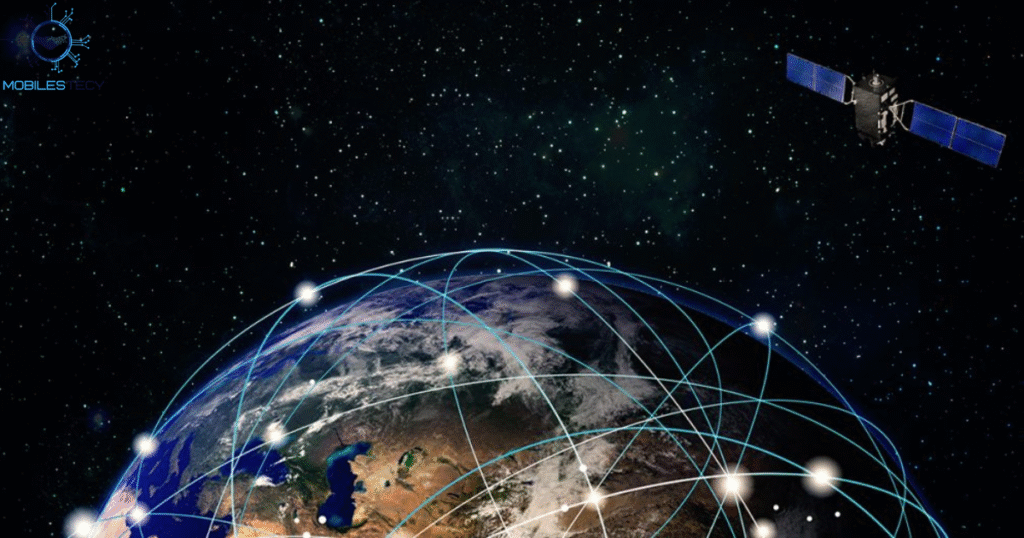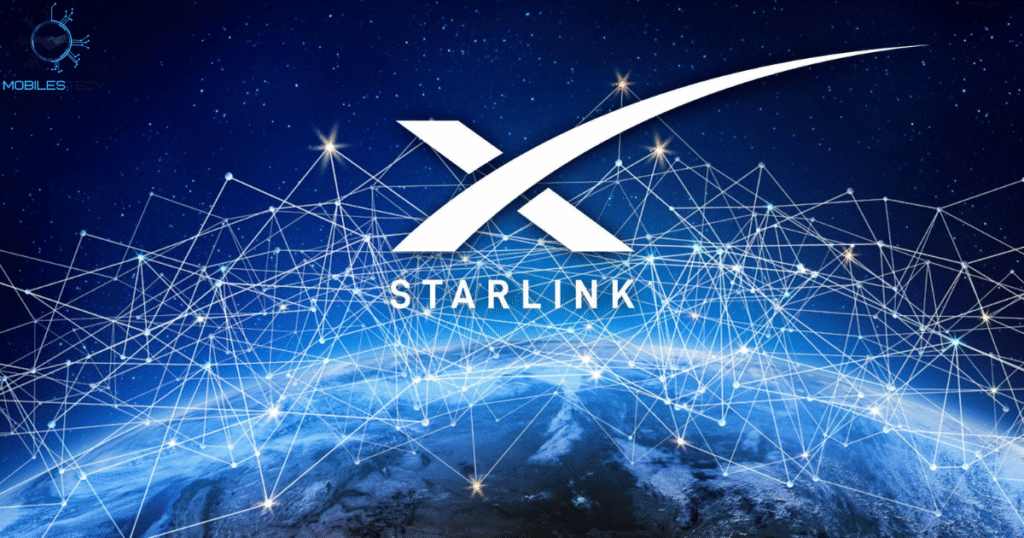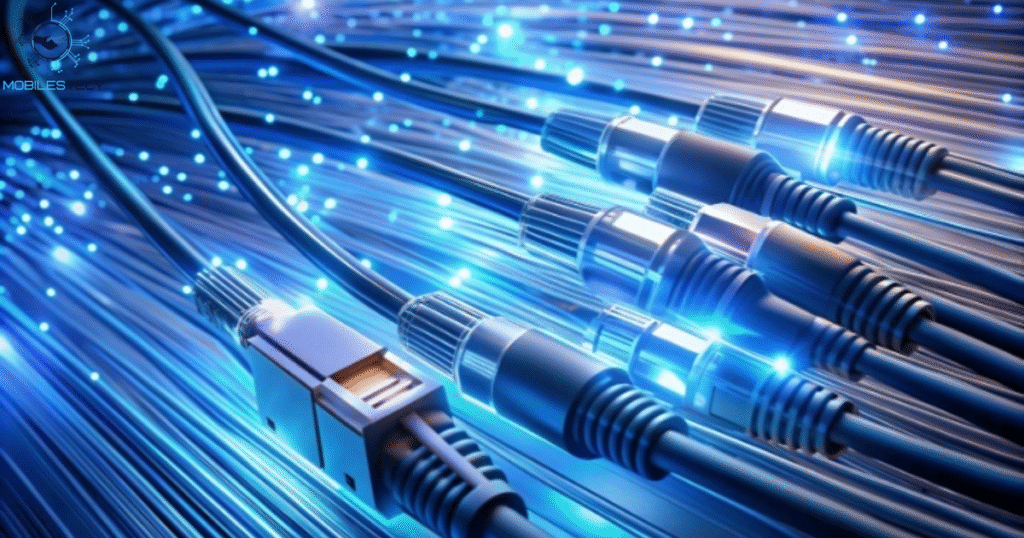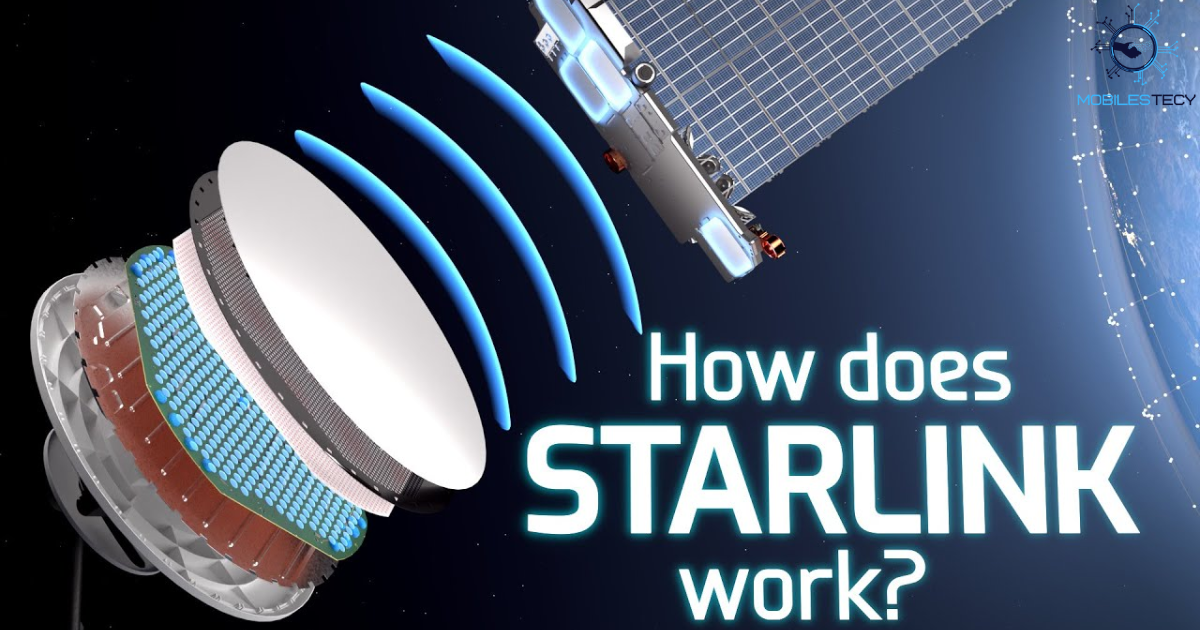Starlink is a satellite internet service developed by SpaceX company. It aims to deliver high-speed internet to users around the globe. Traditional internet often fails in rural, remote, or underserved areas. Starlink’s mission is to bridge this gap using low Earth orbit satellites. This new technology could transform global connectivity in the coming years.
Unlike typical providers, Starlink uses thousands of small orbiting satellites. These satellites form a large network covering most of the Earth’s surface. Users connect via a special dish that communicates with nearby satellites. The dish adjusts automatically to maintain a fast and stable connection. Starlink provides lower latency and faster speeds than older satellite services.
Internet access has become essential for communication, work, and education worldwide. Yet, millions still lack reliable connections, especially in isolated locations. Laying cables is expensive and slow in hard-to-reach geographic regions. Starlink bypasses these limitations by delivering internet directly from space. It offers a promising solution for the digital divide many still face.
How Starlink Satellite Internet Operates in Low Earth Orbit

Starlink satellites orbit much closer than traditional geostationary satellite systems. They travel in low Earth orbit, around 550 kilometers above ground. This short distance drastically reduces latency and improves internet speed quality. Satellites move continuously, so dishes must track and switch between them. Advanced technology in the dish ensures seamless connection during satellite transitions.
Each satellite connects to others in a fast-moving mesh network system. Laser links between satellites transfer data across space at high speed. When needed, satellites send signals to Earth-based internet gateway stations. These stations are connected to the global internet infrastructure and services. They serve as middle points between users and the world wide web.
The user’s dish communicates directly with satellites overhead in real-time. Phased-array antennas inside the dish electronically steer the signal beam. This avoids physical movement and allows faster tracking of satellites. Once connected, internet data flows to and from the user’s device. The result is fast, stable, low-latency internet almost anywhere on Earth.
Starlink’s Satellite Network and Its Growing Constellation
Starlink satellites are launched in batches using reusable Falcon 9 rockets. They are placed in low Earth orbit for reduced signal travel time. Each satellite includes solar panels and phased array antennas for communication. Thousands more satellites will launch to expand global coverage and reliability.
The constellation forms a web of coverage across land, sea, and air. Satellites communicate with each other using high-speed laser interlinks in space. These connections reduce dependency on ground stations for long-distance data transfer. As technology advances, the network becomes faster, smarter, and more self-sufficient.
- Starlink uses thousands of satellites in low Earth orbit for speed.
- Each satellite connects with others using laser links in space.
- The user terminal is a small dish that aligns itself automatically.
How the Starlink User Terminal Works

The user terminal is a compact dish with automatic alignment features. It connects to passing satellites without user input or manual adjustments. Using phased array tech, the dish electronically tracks moving satellite positions. This ensures a stable connection even as satellites change and shift.
The terminal includes a Wi-Fi router for home or office usage. Once powered, it establishes connection within minutes and starts delivering service. It’s designed for harsh environments, with weather resistance and easy setup. Users mount it on rooftops, poles, or even on moving vehicles.
Advantages and Challenges of Using Starlink Online Network Service
Starlink delivers high-speed internet to places traditional cables can’t reach. It’s ideal for rural areas, remote workers, and mobile travelers worldwide. With latency between 20 to 40 milliseconds, it rivals wired broadband. Streaming, gaming, video calls, and uploads are smooth and reliable experiences. Coverage will improve as more satellites join the Starlink constellation system.
However, Starlink requires clear skies with minimal obstruction from trees. Buildings, weather, or mountains can interrupt signal and reduce performance. Unlike fiber, signal loss from rain or snow can still occur. Users in cities may experience congestion during peak traffic hours. These are key limitations that Starlink continues working to improve.
Another concern is the increasing amount of space debris in orbit. Thousands of satellites can increase risks of collision and orbital congestion. SpaceX includes autonomous avoidance systems and deorbit plans for each satellite. Regulatory agencies monitor launches and debris management for safety assurance. Despite this, long-term sustainability of mega-constellations remains an open question.
Latency, Speed, and Performance in Real-World Use

Starlink offers download speeds between 50 and 250 megabits per second. Upload speeds are generally lower, ranging from 10 to 40 megabits. Latency is remarkably low, ideal for gaming and real-time video calls. Speeds can vary based on location, congestion, and satellite availability.
Compared to traditional satellite providers, Starlink provides faster, more responsive service. Streaming HD video and online gaming are both feasible on Starlink. However, heavy network usage may temporarily slow down data performance. SpaceX continues upgrading satellites to improve bandwidth and manage demand efficiently.
- Starlink provides high-speed internet access in rural and isolated locations.
- Download speeds typically range from 50 to 250 megabits per second.
- Latency is low—generally between 20 and 40 milliseconds for users.
Future Prospects and Worldwide Influence of Starlink
Starlink holds the potential to transform global internet accessibility, bringing high-speed connectivity to billions who currently lack reliable service. Through its expanding satellite network, rural schools, remote hospitals, and small businesses can gain access to fast and stable internet for the first time.
Beyond improving global communication, SpaceX aims to use Starlink’s success as a stepping stone for future space endeavors. The company envisions using Starlink’s revenue to fund interplanetary exploration and Mars colonization projects, pushing the boundaries of human achievement in space.
- Starlink dishes require clear sky views to function effectively and reliably.
- Costs include hardware, which ranges from $599 to nearly $999.
- Newer satellites are designed with debris reduction and safety in mind.
- Starlink’s potential reaches beyond homes—used in RVs, ships, and planes
- The network is still expanding with thousands more satellites planned soon.
Faq’s
What is Starlink and how does it provide online network access?
Starlink uses low Earth orbit satellites to deliver high-speed online network. It connects users through a dish that talks to nearby satellites.
How fast is Starlink online network compared to traditional broadband?
Starlink offers speeds between 50 and 250 megabits per second. It also provides low latency, making it great for streaming and gaming.
Can Starlink be used in rural or remote locations worldwide?
Yes, Starlink was designed specifically for underserved and remote areas. It works where fiber or cable online network is not available at all.
What equipment is needed to use Starlink at home?
You need a Starlink dish, a power supply, and a router. The system includes everything required and is easy to set up.
Does bad weather or obstacles affect Starlink online network performance?
Heavy rain, snow, or obstructions like trees can reduce signal quality. Clear sky visibility helps ensure stable and uninterrupted internet connection.
Conclusion
Starlink represents a major breakthrough in global satellite internet technology. Its low Earth orbit design delivers faster speeds and lower latency. People in rural and remote areas now have a strong alternative. Traditional internet providers struggle to reach places where Starlink easily operates. This new model changes how we think about global internet access.
With each satellite launch, Starlink’s network becomes larger and more capable. The technology supports homes, businesses, vehicles, ships, and even airplanes. Its flexibility and mobility offer unmatched convenience for modern digital life. Though challenges remain, progress continues with upgrades and expanding service coverage. Starlink’s reliability grows stronger as more users join the system.
Looking ahead, Starlink could help close the global digital divide entirely. From education to emergency response, its impact will only keep growing. SpaceX’s efforts may redefine how we connect across Earth and space. Starlink blends aerospace innovation with everyday internet access for billions worldwide. It stands as a promising solution for the future of connectivity.
Read more latest Articles on Mobilestecy.com








